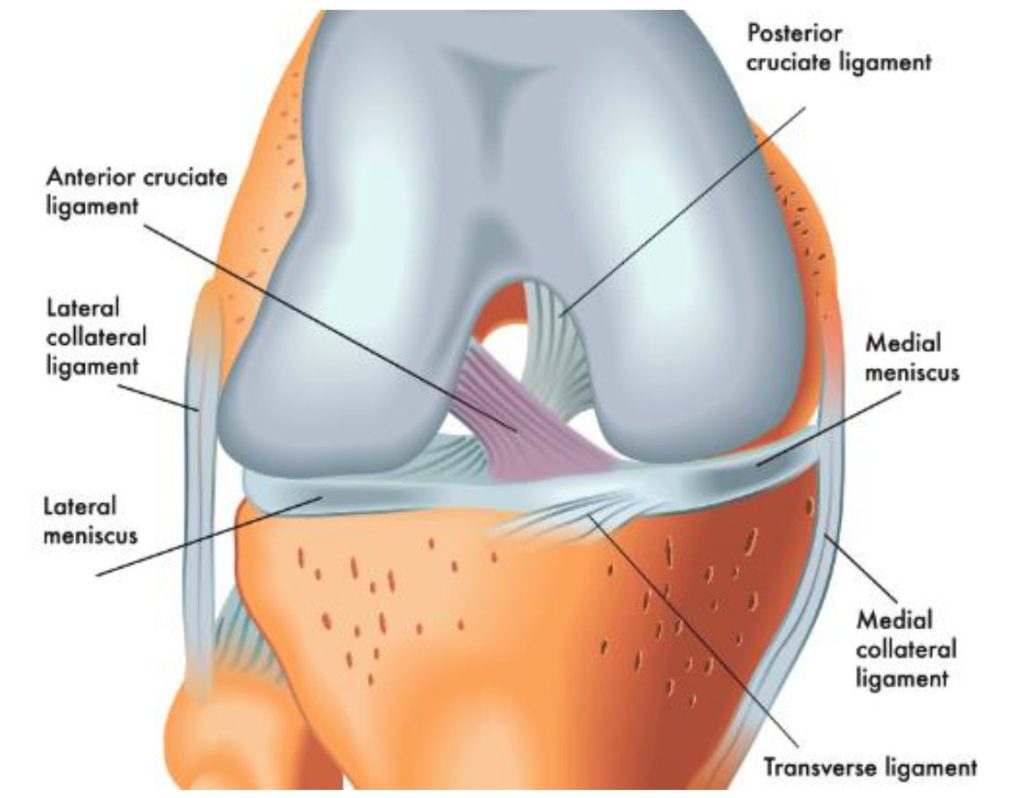What is the Anterior Cruciate Ligament?
The Anterior Cruciate Ligament (ACL) is one of the main ligaments in the knee. It crosses between the femur (thigh bone) and tibia (shin bone) and it helps to stabilise the knee.
The ACL may be injured (commonly ‘ruptured’) in a range of sports and activities when there is:
- A sudden slowing down or stopping
- A change of direction or pivoting with the foot planted on the ground
- An awkward landing
- A direct blow to the knee
There are more than 5000 ACL ruptures and 3000 ACL surgeries per year in New Zealand.

Is an ACL rupture a big deal?
Between 20% and 50% of athletes (male or female) who rupture their ACL will not return to the same level of sport as before the injury.
Recovery from an ACL injury may take up to one year, and the impact on an athlete of both time off school or work, and the social / psychological challenges can be significant.
ACL injuries present a large cost to the healthcare system, more than $40 million per year in New Zealand.
Why is it a particular issue for Female Athletes?
- Female athletes are 4-8 times more likely to rupture their ACL than males.
- Young female athletes (aged 15-19 years) are the individuals most commonly injuring their ACL.
- ACL injury rates are rising, particularly in the younger female athletic population.
There is no single or definitive reason why female athletes are more vulnerable to ACL injuries than males, however it is likely to be due to differences in:
- Hormone profiles – up to 75% of ACL ruptures in females occur in the first two weeks of the menstrual cycle
- Anatomy
- Biomechanics and neuromuscular control around the knee
Preventing ACL Injuries
Up to 70% of non-contact ACL injuries could be prevented with a specific injury prevention programme.
The greatest benefit may be to athletes aged 14 – 18 years, as strength, power and movement control are often poorest in this group.
To be effective, an ACL injury prevention programme should include:
- A range of exercises: balance, strength, agility, and plyometric exercises as well as sport-specific skills and drills
- Correct technique for all prevention exercises is critical – coach feedback will improve the effectiveness of the programme
- 20 minutes at least twice a week (performing the programme regularly produces better results)
- Completing the programme during the warmup, which avoids the need to add extra sessions (there is a reduction of injuries seen on the day the programme is performed)
- Starting the programme in the pre-season – it may take up to six weeks to get the real benefits
- Continue the programme throughout the year – Don’t stop!
- Incorporate prevention exercises into training from as early as 11 – 12 years of age, as the peak rate female rupture is mid-teens
